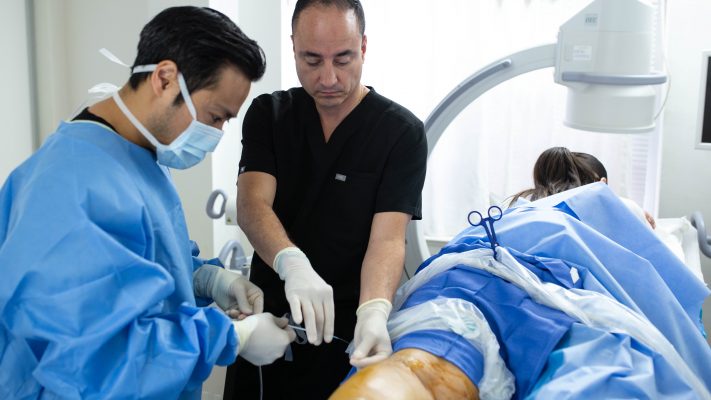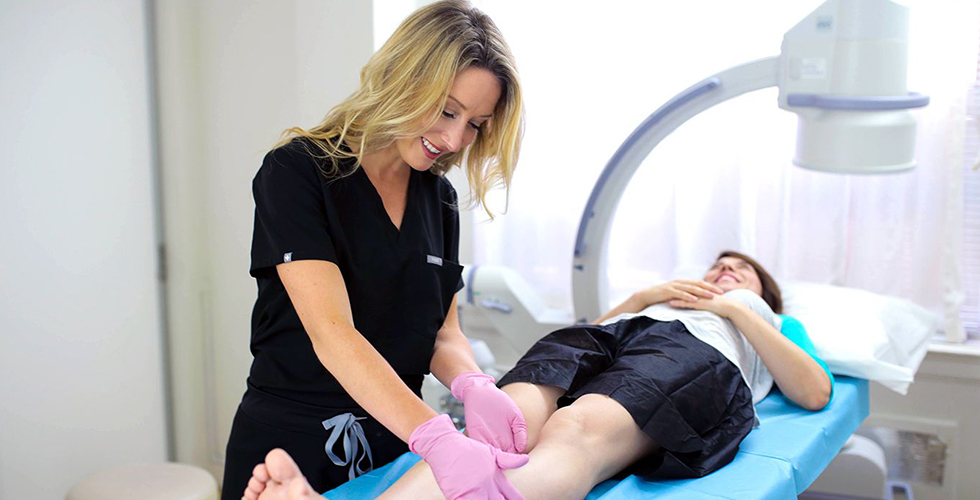Leg Cramps: Cramps or spasms in the legs are painful contractions of the leg muscles. Sometimes, lying down for a long time can cause the muscles in your leg or feet to cramp. The dehydration as well as certain medications, overuse and diseases that affect the brain and nervous system can cause this. Other causes are compression of the calf muscles or those of the back of the knee, too much phosphorus, too little calcium or potassium, and low blood sugar in the body. All these are chemical imbalances in the blood.

It is common that popularly called cramps occur during or after the exercise, but it is also true that sometimes they originate when we are resting, especially at night. And while a cramp can be suffered by any muscle in the body, it most often affects the thigh (both in front and behind) and the back of the leg or calf. Upper Leg Cramps can also be seen.
- The lack of minerals such as potassium or magnesium and the lack of some B vitamins influence the intensity and frequency of cramps. In fact, just when these tend to appear at rest, at night, they may indicate a lack of minerals. In contrast, a diet rich in fruits and vegetables helps prevent them.
- The use of diuretics and frequent diarrhea can cause dehydration and when electrolytes and mineral salts are lost, cramps can appear more easily. Staying hydrated, especially if physical exercise is practiced, decreases the risk.
- It is also true that some medications can cause them: Antihypertensives, bronchodilators, drugs for cholesterol. If cramps will happen to you it is compulsory to inform your doctor.
- On the other hand, alcohol abuse, kidney failure, hypothyroidism, anemia, liver cirrhosis, menstruation, pregnancy or even bone fractures cause a hyper-excitation of the nerves that stimulates the different muscles, which results in the cramps.
Swelling of the ankles, feet and legs: The painless swelling of the feet and ankles is a common problem, particularly among older people. The abnormal accumulation of fluid in the ankles, feet and legs can cause swelling. This fluid buildup and swelling is known as edema.
Causes Of Leg Swelling: Many factors (which vary greatly in their severity) can cause swelling of the legs.
Swelling of legs related to the accumulation of fluid: The swelling of the legs due to fluid retention in the tissues of the legs is known as "peripheral edema." It may be due to a problem with the circulatory system, the lymphatic system or the kidneys.
The factors related to the accumulation of fluid include the following:
- Acute renal failure
- Chronic kidney disease
- Cirrhosis (scarring of the liver)
- Deep vein thrombosis (DVT)
- Heart failure
- Hormone therapy
Swelling of the leg related to inflammation: Leg swelling can also be caused by inflammation in the tissues of the legs. Inflammation may be a normal response to the injury or disease, or it may also be due to rheumatoid arthritis or another inflammatory disorder. Usually, you will feel some pain with inflammation.

